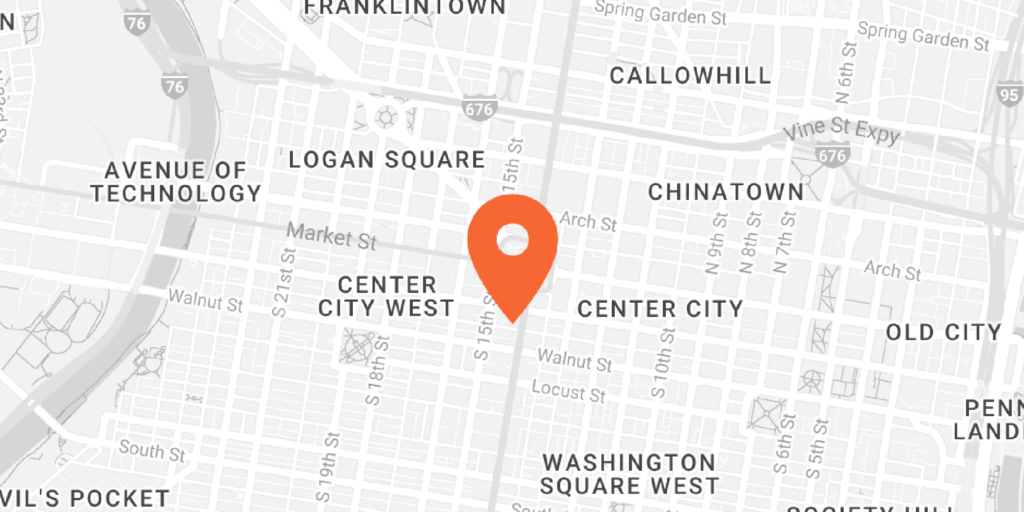You already know that an orthodontist and a dentist are not the same. When you need your teeth cleaned, you go to a dentist. When you need your teeth straightened, you go to an orthodontist. But what really sets orthodontists and dentists apart? They have much of the same schooling and the both help you improve your oral hygiene. That is now, however, all they do. How can you tell if you need an orthodontist or a dentist for your issue? Here is the major difference between an orthodontist and a dentists.
1. Education
Both an orthodontist and a dentist have to get an advanced degree in order to be able to practice. They also have to pass a certification exam that proves that they have the knowledge and the skills to work with their patient’s teeth. Both have to get a bachelor’s degree. Once they have a bachelor’s degree, both have to apply to dental school. This program usually takes four years, after which, both then graduate. A dentist can usually start his own practice at this point, now that he has his doctor of dental surgery (DDS) or doctor of dental medicine (DMD) degree. A person who wants to become an orthodontist, however, will usually have to go on and do a residency program, in which he learns what is required of an orthodontist. This allows him to specialize in treatments that straighten the teeth.
2. Type of work
The biggest difference between an orthodontist and a dentist will be the type of work that they do. In some areas, the work overlaps. For example, both dentists and orthodontists are able to treat their patients with Invisalign. Most orthodontists, however, do not drill cavities or perform cleanings and most dentists do not prescribe or provide braces. When you need to have your teeth straightened, your dentist will usually recommend that you go and see an orthodontist. When you need your teeth cleaned, your orthodontist will tell you to see a dentist. While many dentists do offer Invisalign, it is usually a good idea to only get your teeth straightening treatment from a doctor who has trained extensively in these types of treatments. He will be able to give you a much more holistic treatment and will be able to help you adjust the treatment to your needs, as necessary.
3. Types of treatments
When you need a filling, bridge, veneer, crown, root canal, or your teeth whitened, you will probably go see a dentist. These are usually treatments that you can only get from your dentist. If you need your teeth and jaw aligned, you will go see an orthodontist. The treatments provided by your orthodontist are usually intended to diagnoses and treat what is called a malocclusion (problem with your bite). If you have an underbite, overbite, teeth that are crowded, or gaps between your teeth, retainers and braces are usually your options for treatment, and these are only available from a skilled orthodontist. Typical treatments include:
Why does this matter? Because you do not want to be seeking out the wrong kind of treatment from the wrong kind of doctor. Your dentist and orthodontist will work together to provide you with the healthiest possible mouth, but they should not be used interchangeably. That said, their treatments do go hand in hand. When you have straighter teeth, it is easier to keep your mouth clean.
For example, consider a situation in which you have many teeth that are crowded together. These teeth are too close to one another. They may even be overlapping in many areas. In this instance, you have an area of your mouth that is very difficult to keep properly clean. The overlaps between these teeth make it very easy for food particles and bacteria to be trapped. Even if you floss, you’ll likely start to see more issues in this area than in any other part of your mouth.
When you have orthodontic treatment that spreads these teeth out and creates a much more even alignment, there are fewer places for food and bacteria to be trapped. When you brush, floss, and see your dentist regularly, you will not have to worry as much about this area of your mouth. Getting orthodontic treatment can make visits to your dentist a much more pleasant experience. You’ll avoid developing some of the more serious dental issues, simply because your teeth are in a better alignment and they work better.
The biggest difference between an orthodontist and a dentist is schooling. In order to specialize in aligning teeth, orthodontists have to do more schooling than the average dentist does. While many dentists will go on and complete a certification course, in order to be able to offer treatments like Invisalign, only an orthodontist who has gone through years of training in straightening teeth will be able to provide you with the very best treatment options for your specific situation.
Your orthodontist and dentist can work in tandem to give you a healthier smile. A dentist will probably be able to tell you if you need and when the best time for orthodontic treatment would be. An orthodontist creates a smile that is much easier to care for, in addition to being more attractive. You should see both an orthodontist and a dentist in order to make sure that you mouth is as healthy and as clean as it possible can be.




